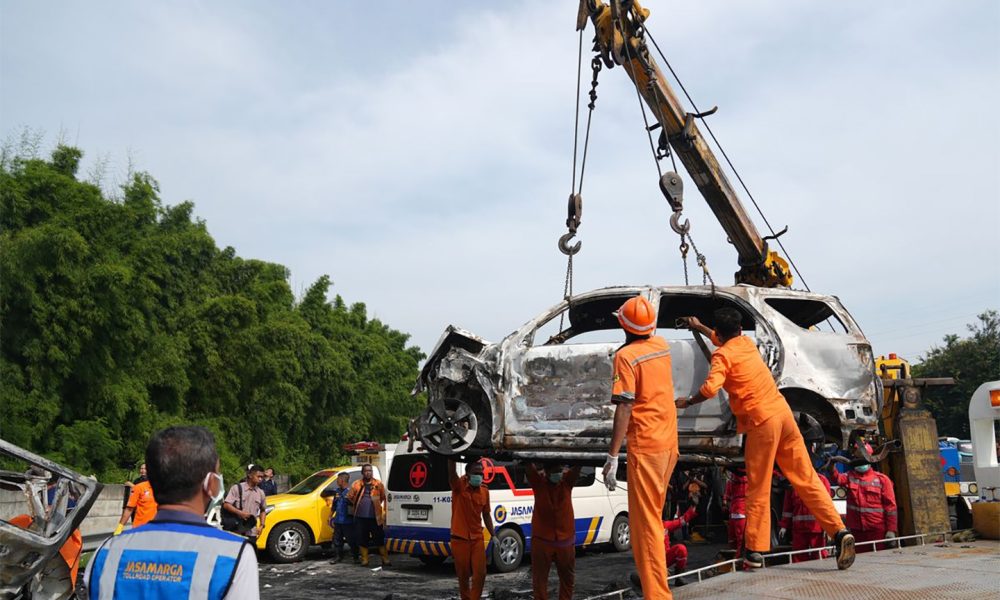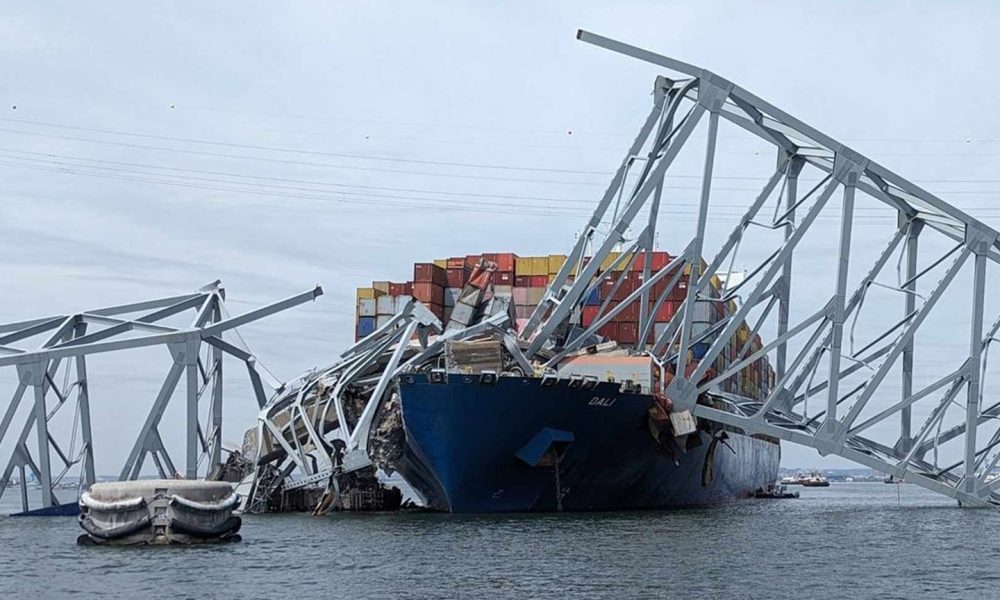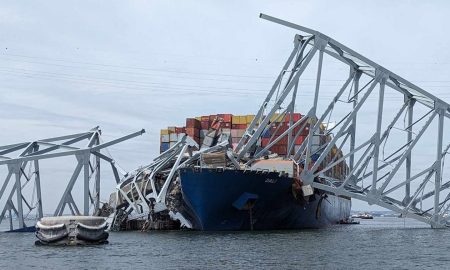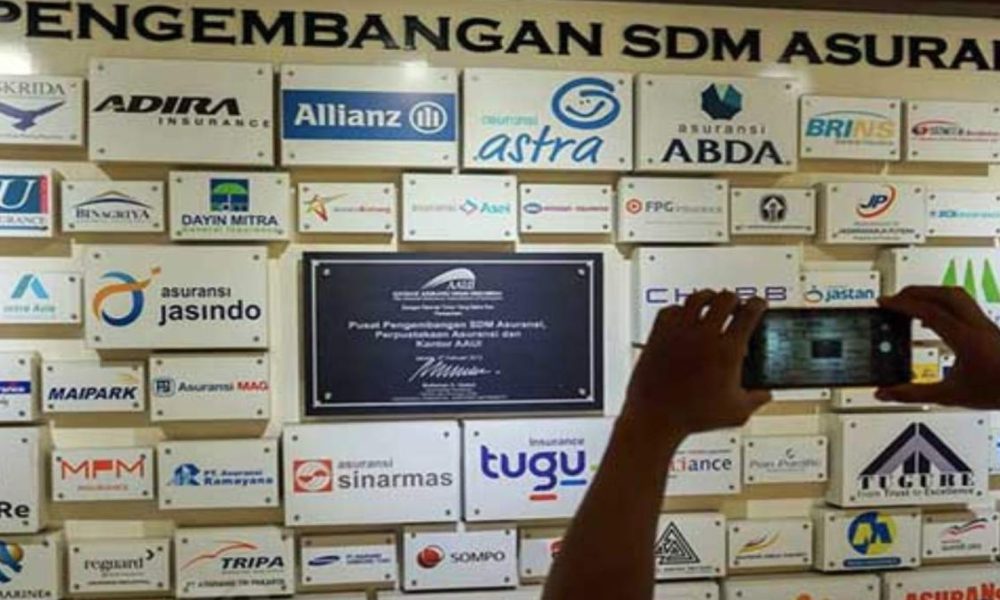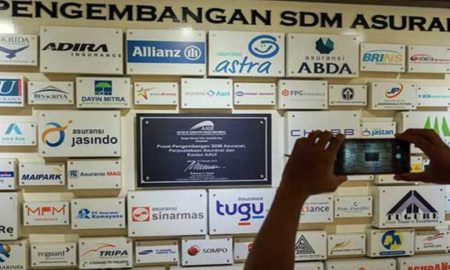Liga Asuransi – Dear readers, how are you? As a continuation of our previous discussions about risk management and insurance in the construction industry, this time we will discuss the errors and omissions of contractors.
As an insurance broker with a lot of experience in the field of construction risk, we want to share our experiences with fellow construction industry players in the hopes of preventing accidents and harming contractors.
If you like this article, please share it with your friends so that they can understand as you do.
As we all know, no matter how much experience you have or how careful you are, mistakes can happen. When the client suffers financially because of your mistake (due to project delays, loss of income, reinstallation costs, etc.), the contractor’s E&O policy will cover your liabilities arising out of the situation.
Omissions are due to errors and mistakes in design. This can also occur due to a mind change of the Employer. Wrong decision-making regarding the design concept during the design stage can also make grounds for omissions during the construction stage.
A variation order is generally issued for both additions and omissions from the contract’s work scope. However, most of the time, the contractors or engineers who work on behalf of the contractors do not have a proper idea of contractual grounds related to omissions in construction contracts.
Contractors often purchase contractors’ errors and omissions coverage to:
- To protect their business against design defects and faulty workmanship lawsuits.
- To pay for damages resulting from installing defective material
- To ay for and coordinate an experienced legal team to help them through a lawsuit
If you need help finding the best contractors’ errors & omissions insurance policy for your business or need help understanding your current policy, let us know!
For easy reading and understanding of the term ‘Omissions to the construction contract’, below I try to share the details under sub-topics which are mostly discussed during any project execution.
What are omissions?
In practice, a variation to the contract can be in a way of addition or omission. Omission of the contract simply means the removal of part of the work from the original scope of work. Usually in such situations, the cost of the removed work scope is deducted from the original contract value.
Therefore, as a contractor, you will see a reduced final project sum than the originally agreed sum due to such omissions.
However, if there are additions to the contract, the final sum will vary again. Overall, omissions are also referred to as variations to the construction contract.
Omissions in Construction Contracts
Omissions are due to errors and mistakes in design. This can also occur due to a mind change of the Employer. Wrong decision-making regarding the design concept during the design stage can also make grounds for omissions during the construction stage.
Are Omissions and Abortive work the same?
Note that omissions and abortive work are two different things. While there are many reasons for abortive work, if the abortive work is due to the scope changes, then the contractor can claim the cost for the work as an addition to the contract. You must consider the effects of any abortive work according to the contract and nature of the work.
Further, for an omission to be valid, the Architect or Contract Administrator should issue instructions in writing.
What is a genuine omission?
As omissions are variations to the contract which create a negative value for the contract sum. Therefore, contractual situations under omissions are mentioned under the variation clause.
Usually, the variation clause of standard conditions of contracts allows for omissions. But there are also limits on the power to issue variation orders.
An omission must be genuine.
If the work omitted from the contract is with intention of assigning a third party to undertake the same work, then this omission is invalid.
Employers or Architects cannot decide on omissions with such intention to employ another contractor to do the same scope of work for a lower cost with intention of saving money from the project cost.
If the omission to the contract is not genuine, then it makes grounds for disputes.
How to do a Valuation of omissions?
Valuation of omitted work will be done under the same methods mentioned under the valuation of variations.
Read this post on variations in construction contracts for a better understanding of how to properly calculate the omission amount.
Architect Error and Omission Change Orders
A change order is a term used in the construction industry for formal modifications or alterations of the contract.
A change is a modification in the original scope, contract schedule, or cost of work. Change orders are a formal contract modification incorporating a change into the contract and are part of the normal construction process.
During the construction phase, they are sometimes disruptive to the orderly progress of the work and can be a burden on both the owner and contractor because quite often they increase both the duration and cost of a construction contract.
Changes in scope or details of the construction result from various reasons and include unforeseen conditions, owner requests, building official requirements, value engineering, material/ equipment substitutions, or error and omission in the contract documents.
The latter has the most potential for owner dissatisfaction and typically causes an increase in the contract sum during construction because contractor costs for making changes will be higher than if the same or similar work was not included in the original bid.
Some owners believe that error and omission change orders should be paid by the design professional. Neither the standard of care for services by a design professional nor the nature of professional services would support the position that design must be perfect. Human error must be anticipated.
Design is performed by architects as an intangible professional service, just like any other professional service, and it is subject to the same human limitations as the practice of medicine, law, aviation, or accounting.
Moreover, design documents are products of either-construction document drawings or specifications are simply instruments of the architect’s service, which is defined in law as intangible intellectual property1.
It is important to establish that construction drawings and specifications do not serve as an instruction manual to contractors on how to build a building. They serve to define project scope and design intent.
In conclusion, architects are sought because of their special education, training, and skill. They have a professional duty to use ordinary skills and competence as members of their profession.
The practice of Architecture does not pursue perfection but rather strives for ordinary skill and care. Owners who hire architects, and contracts that rely on the architect’s work product, are not justified in expecting perfection but should expect reasonable care and competence as any other profession.
Understanding Contractors’ Errors & Omissions (E&O) Insurance
Contractors’ errors and omissions insurance, also referred to as E&O insurance, protects trade contractors from damages arising out of faulty workmanship, limited design services, recall of their work, or use of defective materials.
For a general contractor, design-build contractor, or construction manager, you might be looking for contractors with professional indemnity insurance. For more information, check out our insight,
Who needs contractors’ E&O insurance?
Determining whether you need E&O insurance largely depends on the scale of your business, the general contractors you perform work for, and the type of work you perform.
What does the contractor’s E&O cover?
This is a common policy in the construction industry, but they tend to vary by carrier. These E&O insurance policies can even be slightly different for policyholders using the same insurance company, so make sure to read your policy (or have us do it for you) before assuming your policy is the same.
To find out what coverages are included in a contractor’s E&O policy, get out your insurance policy). Under the “Insuring Agreement,” usually on the first page of the policy, there will be a bolded term that the policy covers. Most of the time, this word will be a variation of “Wrongful act.” Here is an example:
Contractors’ Errors and Omissions – Wrongful Act
These coverages are errors or omissions in the design work; faulty workmanship; and the use of defective materials or products in your work. The policy then lists what damages it will cover arising from those three claims categories.
But what do these three coverages mean for your business? Here is more information about each of them:
1) Errors Or Omissions In The Design of Your Work
The first coverage provided on the contractor’s E&O insurance policy involves defects in the design of your work.
Suppose you provide services that involve not only the installation of a project but also the pre-installation design work.
Or maybe you provide recommendations on the sizing of certain products or materials (pipe sizing recommendations, mechanical equipment recommendations, and so on). If that sounds like you, this coverage applies to your business.
If it is determined that a design flaw caused the project to not serve its intended purpose for the client, this coverage would help pay for the damages that the design defect caused.
2) Faulty Workmanship
Let’s face it – at some point during your years in business, you have probably made a mistake. Chances are you will probably make one sometime in the future, too.
It is important to note that if your faulty workmanship causes property damage or bodily injury to the client, that is a general liability claim. The contractor’s E&O insurance policy is meant to supplement the coverage gaps on the commercial general liability policy.
3) Defective Materials or Products In Your Work
At times, what looks like faulty workmanship or an issue with the design can be defective materials that you purchased from a supplier. These can range from defective concrete to defective products like electrical panels or pool pumps.
If, after the initial incident, it is determined that the installation of defective material or a defective product was the cause of the incident, the contractor’s E&O policy will respond and pay for damages.
What doesn’t contractors’ E&O cover?
Although the contractor’s E&O policy covers a variety of things, there are some limitations that you should be aware of. The policy will not cover these incidents:
1) Bidding Inaccuracies
Bidding inaccuracies can have a disastrous impact on your business. If, when bidding on projects, you overlook the specifications or make a mistake that results in underbidding the work (which in turn results in your business taking a loss on a project), the contractor’s E&O policy will not cover those mistakes.
2) Advising Or Failing to Advise Any Legal Work or Title Check
There are numerous contracts and agreements associated with building projects. If you provide any legal advice, it is not covered under this policy. That includes providing advice on a contract. If you have a client asking about a particular contract or agreement, we suggest referring them to a licensed attorney in your area before offering up your advice, because this policy won’t cover any mistakes you make.
3) Pollution
Pollution liability is a concern that many contractors face as they scale up their businesses.
Many insurance companies are beginning to offer a contractor’s E&O and pollution combination policy. This is primarily due to subcontractors needing both E&O and pollution coverage while working for certain general contractors (explained in more detail in our insight, “A Guide to Contractor Insurance”).
Because these combination policies are common, we want to point out that having a contractor E&O does not mean that the policy covers pollution as well. Unless you specifically purchase a policy that has both E&O and pollution coverage, this type of claim will not be covered.
How to get the best Error and Omission Insurance?
As seen in the explanation above E&O insurance coverage is very important for contracting companies. But unfortunately, it is not easy to get this insurance guarantee.
The best way to get Error and Omission insurance is to use the services of an insurance broker company.
An insurance broker is an insurance expert who works for you. Insurance brokers design insurance programs that suit your needs, negotiating with several insurance companies to get the most extensive coverage and at the most competitive premium costs.
An insurance brokers company that is experienced in the field of construction risk in Indonesia is L&G Insurance Broker.
Contact L&G right now for all your insurance needs.
Sources:
- https://www.landesblosch.com/blog/understanding-contractors-errors-and-omissions-e-and-o-insurance/
- https://sihelaconsultants.com/omissions-in-construction-contracts/
- https://www.robsonforensic.com/articles/architect-error-omission-expert-witness
—
Looking for Insurance Products? Don’t Waste Your Time and Contact Us Right Now
L&G HOTLINE 24 HOURS: 0811-8507-773 (Call – Whatsapp – SMS)
website: lngrisk.co.id
E-mail: customer.support@lngrisk.co.id
—




